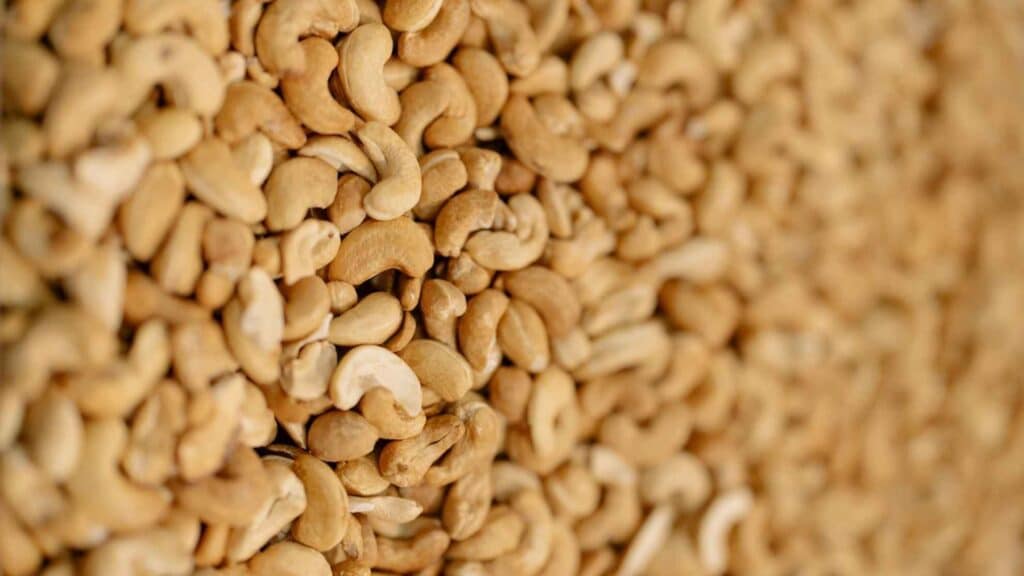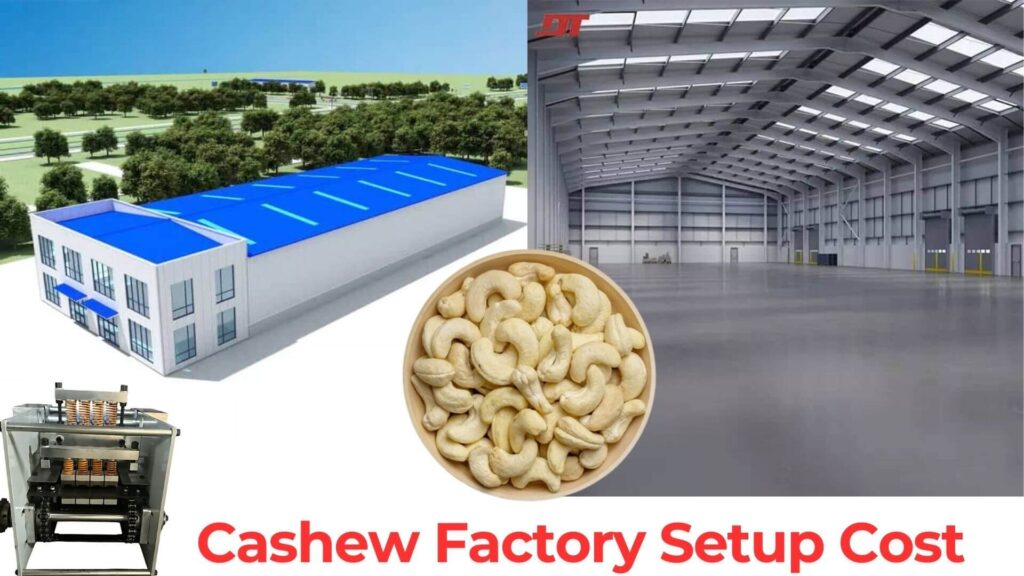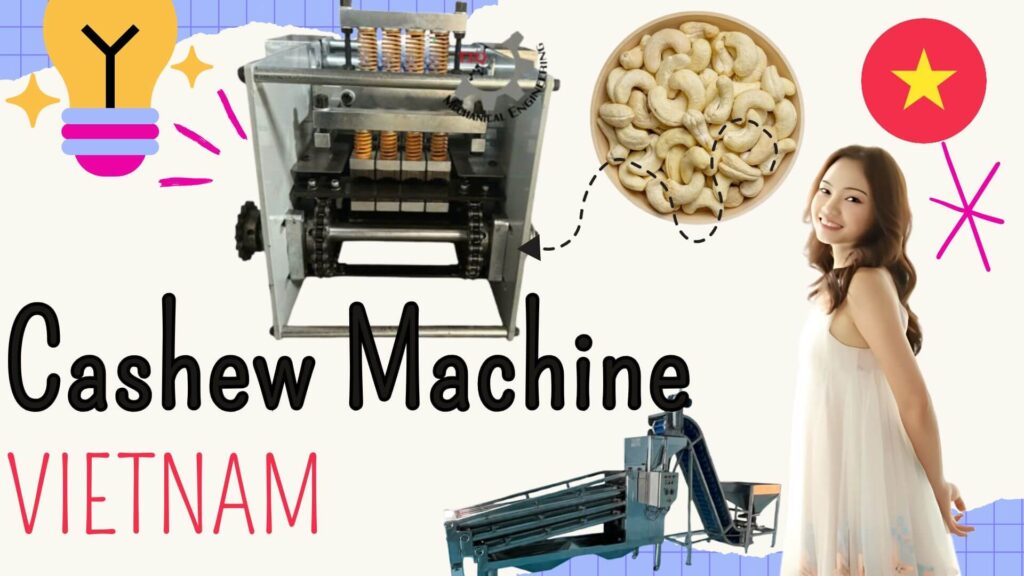Starting Your Cashew Processing Unit: A Complete Guide to Scale, Systems, and Success
The global cashew industry is experiencing unprecedented growth, with demand increasing by 7-10% annually. For entrepreneurs looking to enter the food processing sector, cashew processing presents an exciting opportunity. Not only is there a significant gap between production and processing capacity, particularly in Africa which produces 55% of the world’s cashews, but the industry also offers attractive profit margins of 30-40% when properly managed.

This comprehensive guide will walk you through everything you need to know about starting your own cashew processing unit, from choosing the right scale of operations to implementing successful systems and practices.
Understanding Cashew Nut Processing Scales
Choosing the right scale for your cashew processing unit is crucial for success. Let’s explore the three main scales of operation and help you determine which is best suited for your goals:
Small-Scale Cashew Processing
Small-scale processing units, handling 1,000-3,000 MT/year (varying by region), are ideal for entrepreneurs entering the industry. These units require lower initial investment, typically ranging from $150,000 to $500,000, making them more accessible for new investors.
The advantages of starting small cashew factory include:
- Lower financial risk and easier management
- Ability to learn and understand the industry
- Flexibility to adapt to market changes
- Focus on serving local markets effectively
However, small-scale cashew processors face challenges such as:
- Higher per-unit processing costs
- Limited bargaining power with suppliers
- Stronger competition from larger processors
- Difficulty accessing international markets
Medium-Scale cashew Processing
Moving up the scale, medium-sized units process 3,000-5,000 MT/year. These operations represent a sweet spot in the industry, offering better economies of scale while remaining manageable.
Key benefits include:
- Improved cost efficiency through higher volumes
- Better negotiating power with suppliers
- Ability to serve both local and export markets
- More attractive to institutional buyers
The challenges at this scale include:
- Higher working capital requirements
- More complex management needs
- Need for professional staff
- Greater market coordination
Large-Scale Cashew Processing
Large-scale units, processing over 5,000 MT/year, are typically export-oriented operations requiring substantial investment and expertise.
These facilities offer:
- Maximum operational efficiency
- Strong market presence
- Better access to international markets
- Higher profitability potential
However, they also face:
- Complex operational management
- Significant capital requirements
- Higher risk exposure
- Need for extensive market networks
Choosing Your Cashew Processing System
The success of your cashew processing unit heavily depends on selecting the right processing system. Each system has its unique advantages and challenges, and your choice should align with your resources, market objectives, and local conditions.
1. Manual Cashew Processing System
Manual processing systems, while labor-intensive, remain popular in regions with abundant skilled labor and lower wage rates. This system relies heavily on human expertise and craftsmanship.
Detailed Characteristics:
- Processing is done primarily by hand, with basic tools for cutting and peeling
- Workers develop specialized skills for each processing stage
- Quality control is highly personalized
- Production capacity typically ranges from 100-500 kg per day
- Lower energy consumption and maintenance costs
Cost Analysis:
- Initial investment is relatively low, typically $50,000-$100,000 for basic setup
- Operating costs are dominated by labor (60-70% of processing costs)
- Lower equipment maintenance and replacement costs
- Higher per-unit processing costs due to lower volumes
Best Suited For:
- Start-up operations with limited capital
- Regions with available skilled labor
- Markets demanding premium quality (higher whole kernel recovery)
- Processors focusing on specialty or organic products
2. Semi-Mechanized Cashew Processing System
The semi-mechanized system represents a balanced approach, combining the precision of manual processing with the efficiency of mechanical systems.
Key Components:
- Automated steam cooking units
- Mechanical cutting machines supplemented by manual checking
- Semi-automatic peeling machines with manual finishing
- Mechanical grading systems
- Modern packaging equipment
Operational Benefits:
- 30-40% higher productivity compared to manual systems
- Better working conditions for employees
- More consistent quality output
- Flexibility to adjust production volumes
- Reduced dependency on skilled labor
Investment Considerations:
- Moderate initial investment ($200,000-$500,000)
- Balanced operating costs between labor and machinery
- Better cost efficiency per unit
- More predictable production costs
Implementation Requirements:
- Reliable power supply
- Trained operators for machinery
- Maintenance staff and spare parts inventory
- Quality control systems at each stage
3. Mechanized Cashew Processing System
Fully mechanized systems represent the cutting edge of cashew processing technology, offering high efficiency and consistency.
Technical Specifications:
- Automated processing lines from reception to packaging
- Computer-controlled steam cooking and drying
- Automatic cutting and separation systems
- Advanced optical sorting and grading equipment
- Automated packaging lines
Advantages:
- Highest production capacity (1000+ kg per day)
- Consistent quality output
- Lower labor requirements
- Better process control and monitoring
- Reduced contamination risks
Challenges:
- High initial investment ($1 million+)
- Requires technical expertise
- Higher energy consumption
- Complex maintenance requirements
- Lower whole kernel recovery rates
Cost-Benefit Analysis:
- Higher initial investment but lower per-unit processing costs
- Reduced labor costs (30-40% less than manual systems)
- Higher energy and maintenance costs
- Better economies of scale
- Faster return on investment with full capacity utilization
The cashew processing industry presents a lucrative opportunity with annual demand growth of 7-10% and attractive profit margins of 30-40% when managed efficiently. The global landscape, particularly in Africa which contributes 55% of world production, shows a significant gap between production and processing capacity, creating a viable entry point for entrepreneurs. The industry operates across three distinct scales: small-scale units processing 1,000-3,000 MT/year with investments ranging from $150,000 to $500,000, medium-scale facilities handling 3,000-5,000 MT/year, and large-scale operations processing over 5,000 MT/year. Each scale offers unique advantages and challenges, with small-scale operations providing lower financial risk and management complexity but facing higher per-unit costs, while large-scale facilities benefit from maximum operational efficiency but require substantial capital and expertise.
The processing system selection plays a crucial role in determining operational success, with options ranging from manual to fully mechanized setups. Manual processing, though labor-intensive, requires minimal investment ($50,000-$100,000) and excels in premium quality production. Semi-mechanized systems, requiring $200,000-$500,000 investment, offer a balanced approach with 30-40% higher productivity than manual operations while maintaining quality control. Fully mechanized systems, while demanding higher investment ($1 million+), deliver the highest production capacity and consistency but require significant technical expertise and maintenance support.
Success Mantra for Cashew Processing Ventures:
- Start with Scale-Appropriate Investment: Match your processing scale with available resources and market demand
- Focus on Quality Control: Implement rigorous quality measures regardless of processing system
- Optimize Labor Efficiency: Balance automation with skilled workforce requirements
- Build Strong Supply Chain: Establish reliable raw material sourcing networks
- Maintain Market Flexibility: Develop diverse market channels for better risk management
- Invest in Training: Prioritize workforce development for consistent quality output
- Monitor Technology Trends: Stay updated with processing innovations for competitive advantage
- Practice Financial Prudence: Maintain healthy working capital and cost control measures
- Ensure Compliance: Adhere to food safety standards and regulatory requirements
- Think Sustainable Growth: Plan expansion based on market dynamics and operational expertise
The key to success lies in choosing the right combination of scale and processing system while maintaining unwavering focus on quality and operational efficiency.


